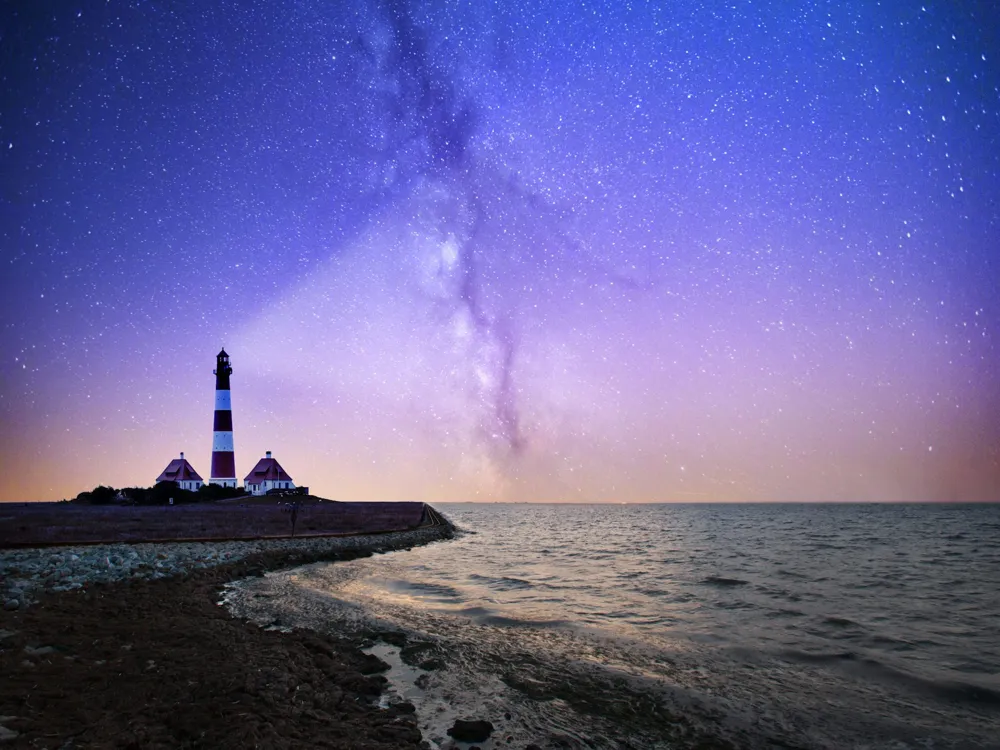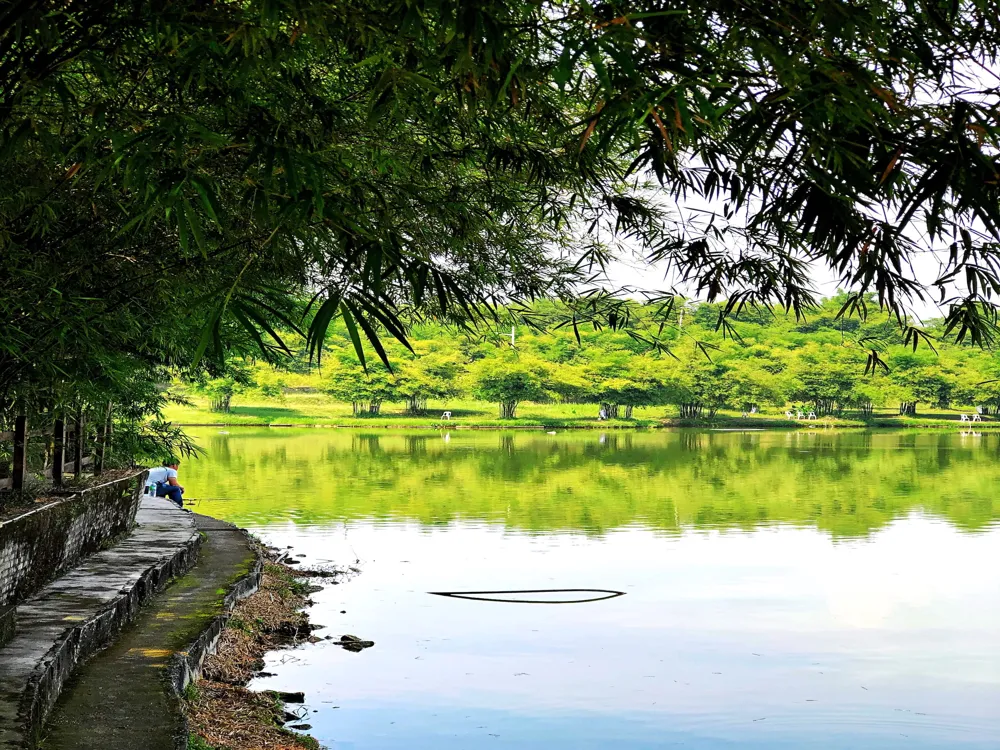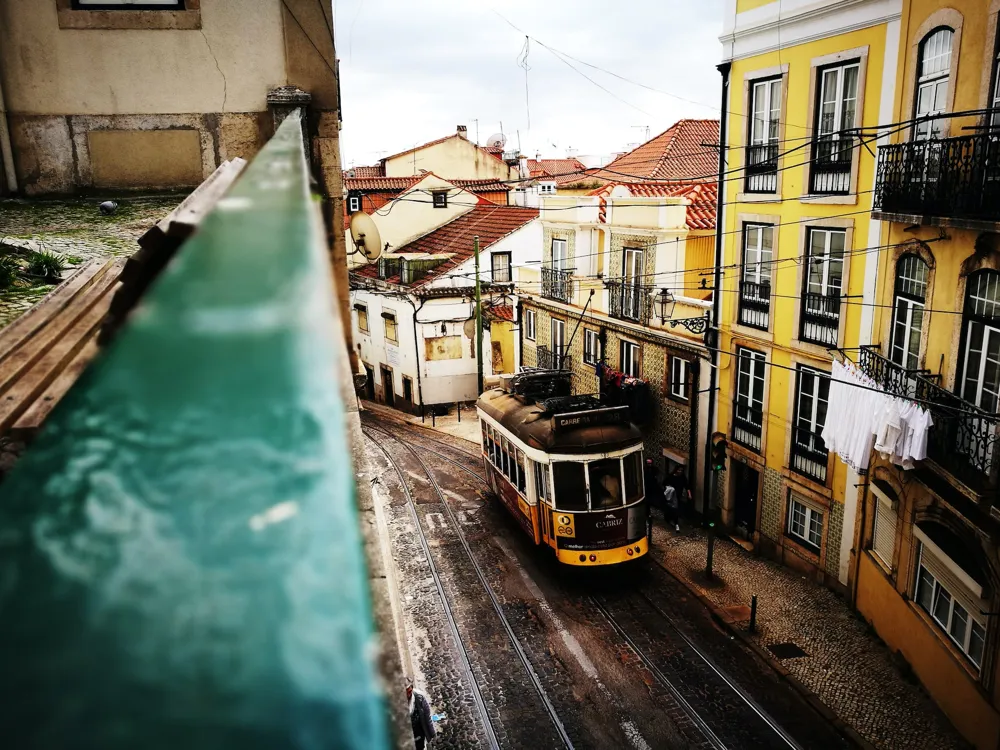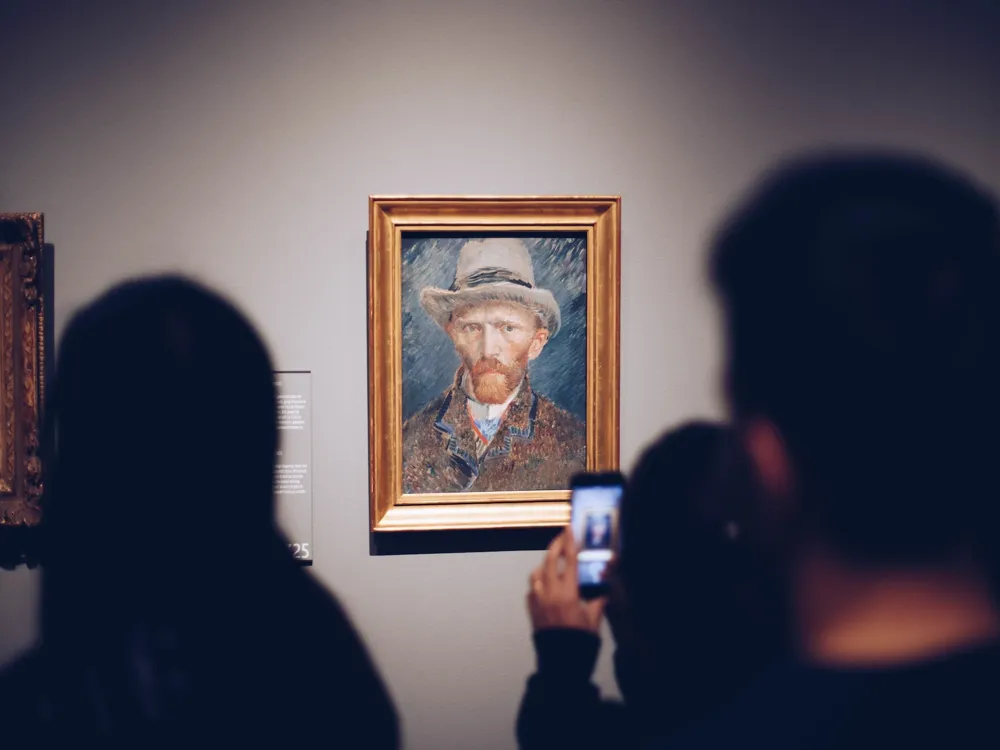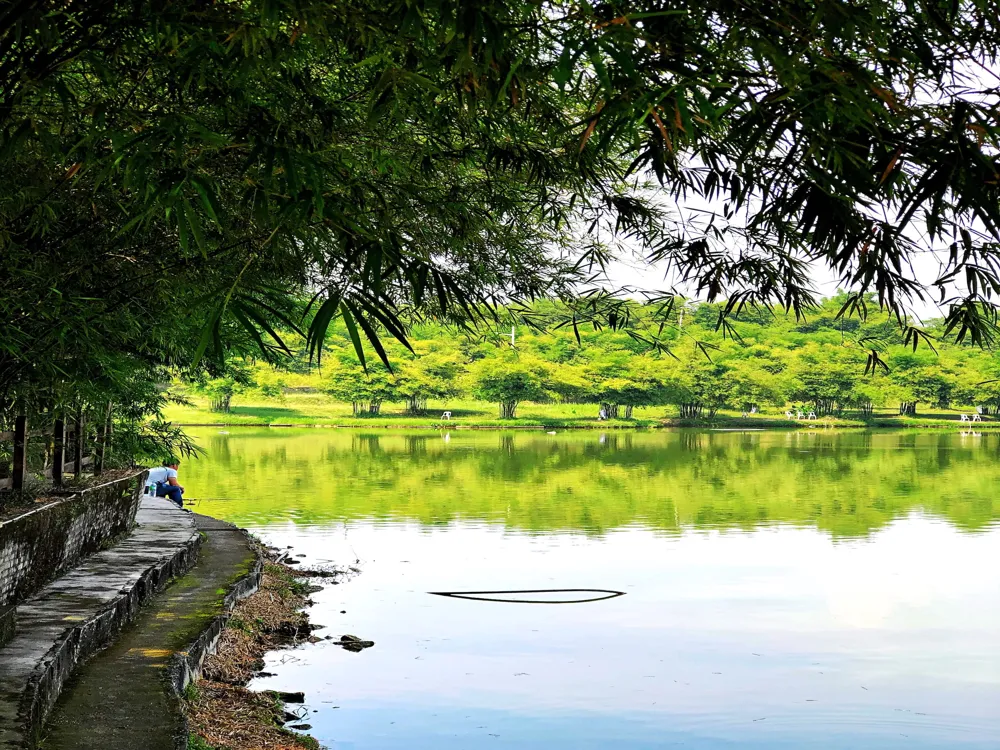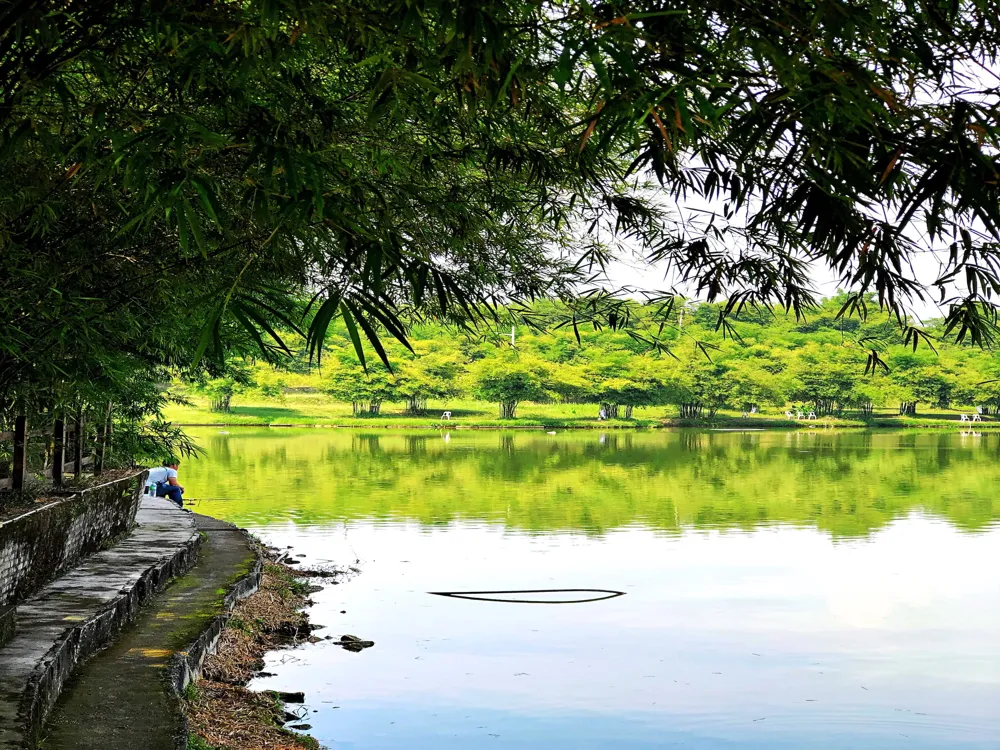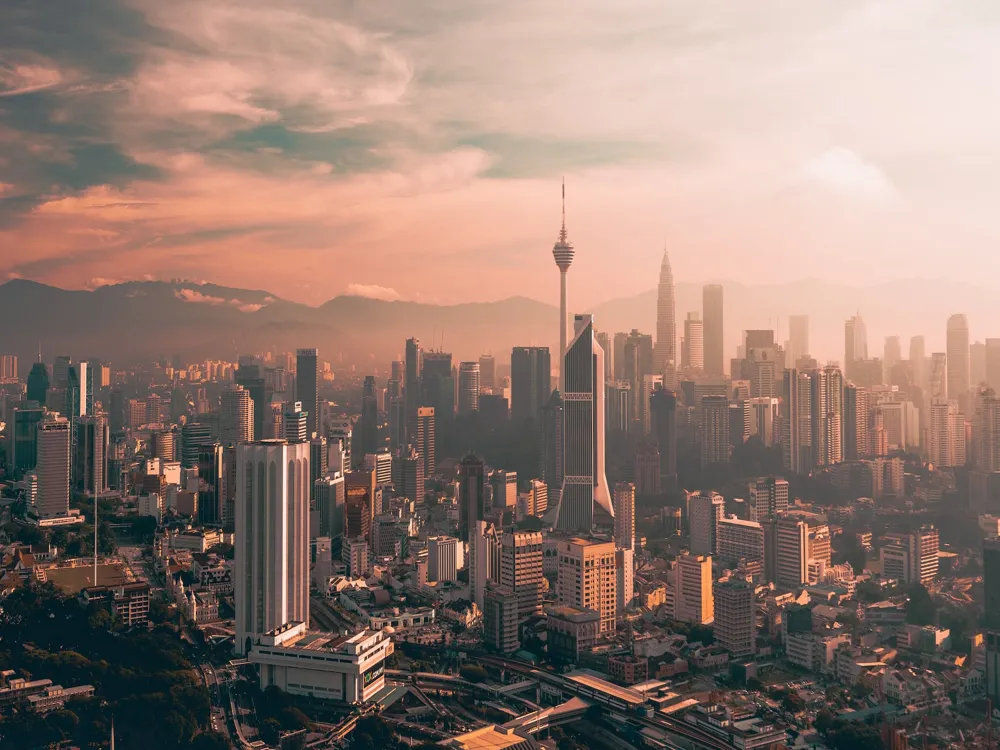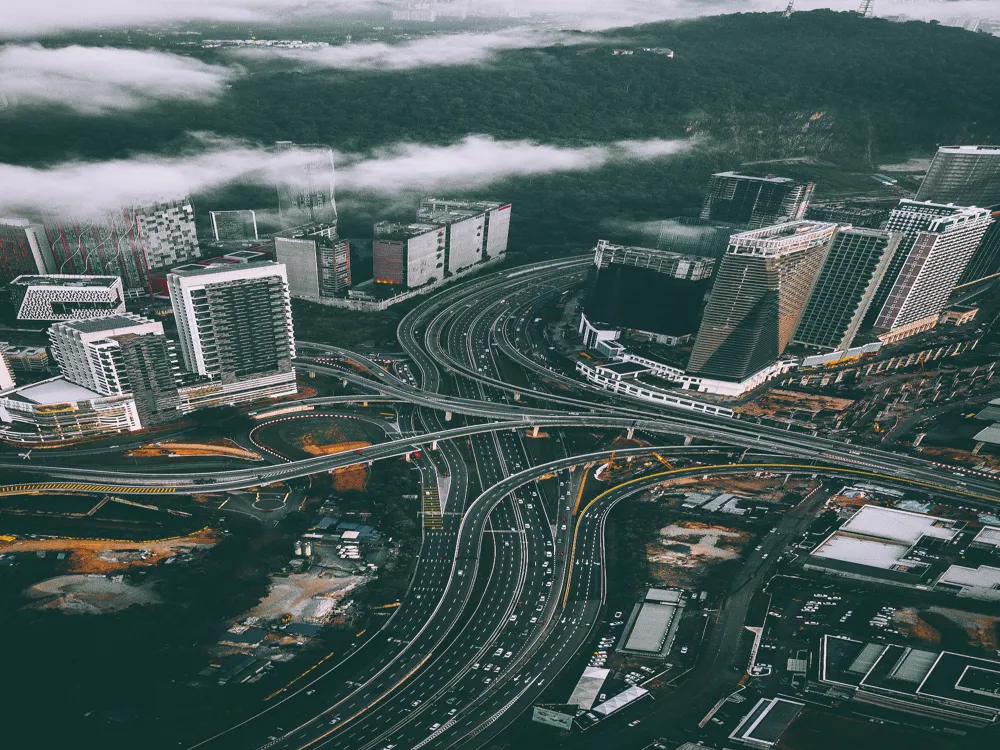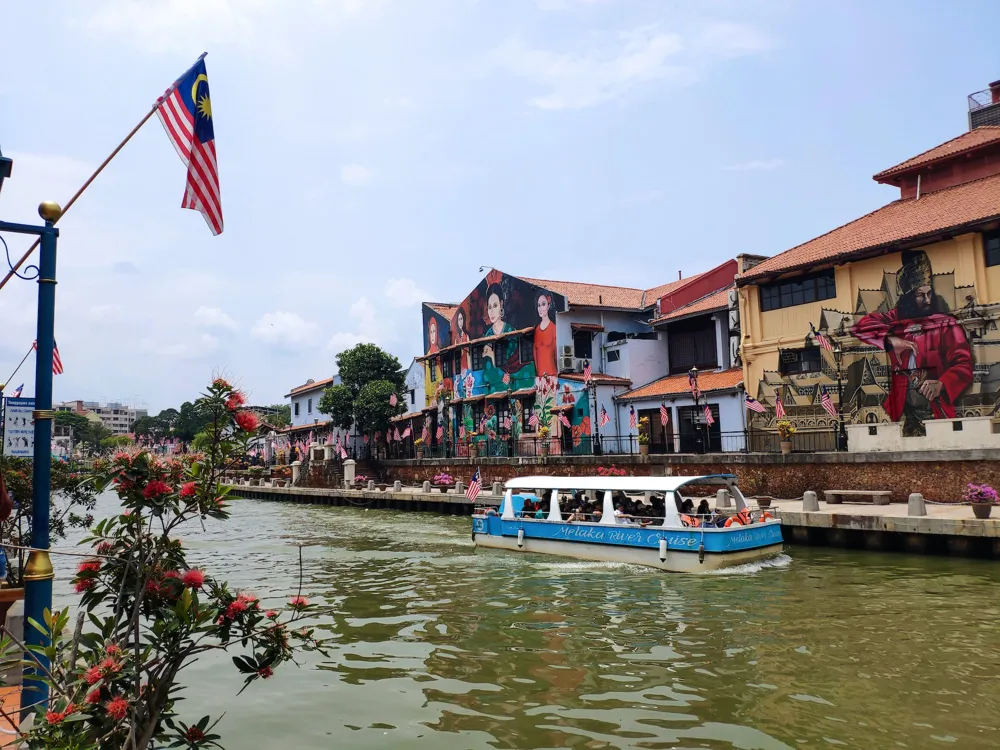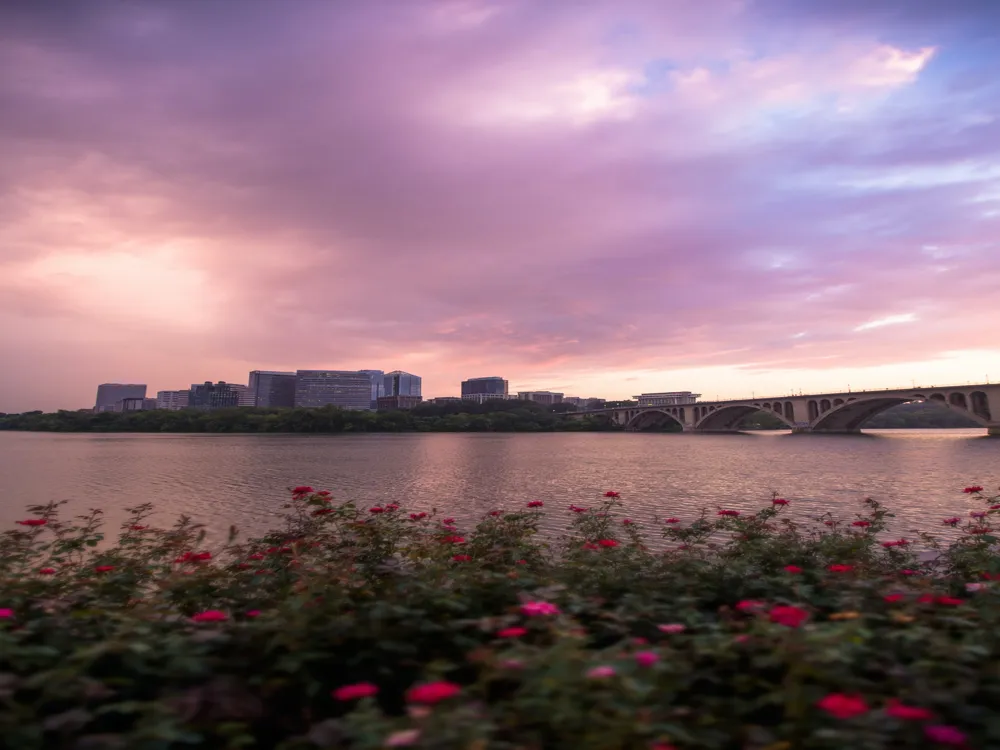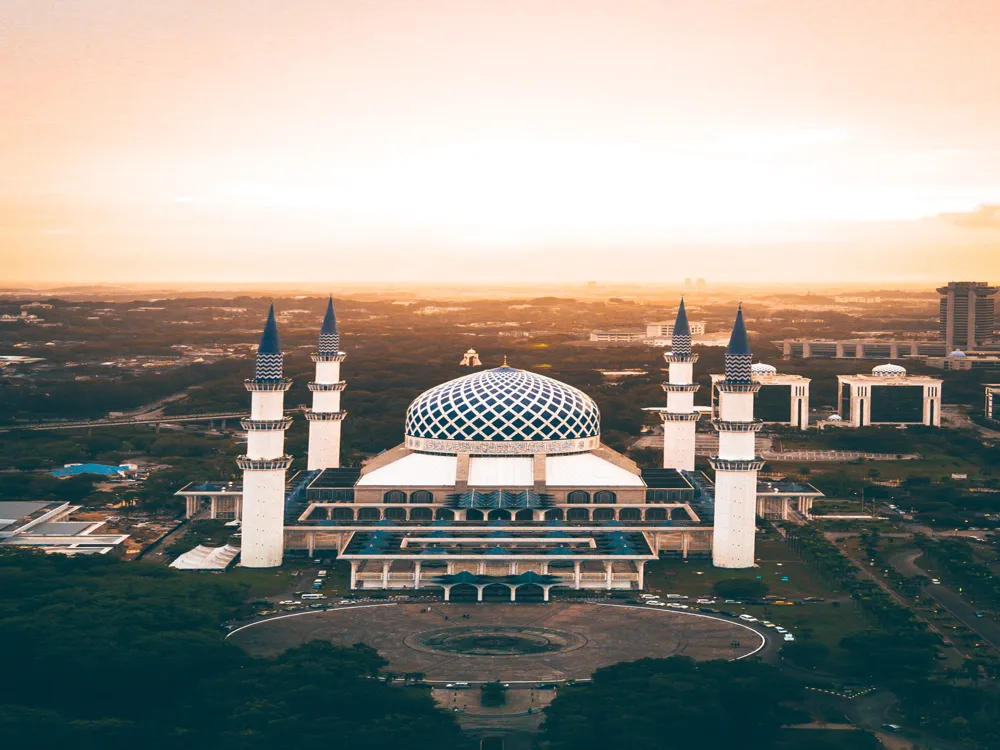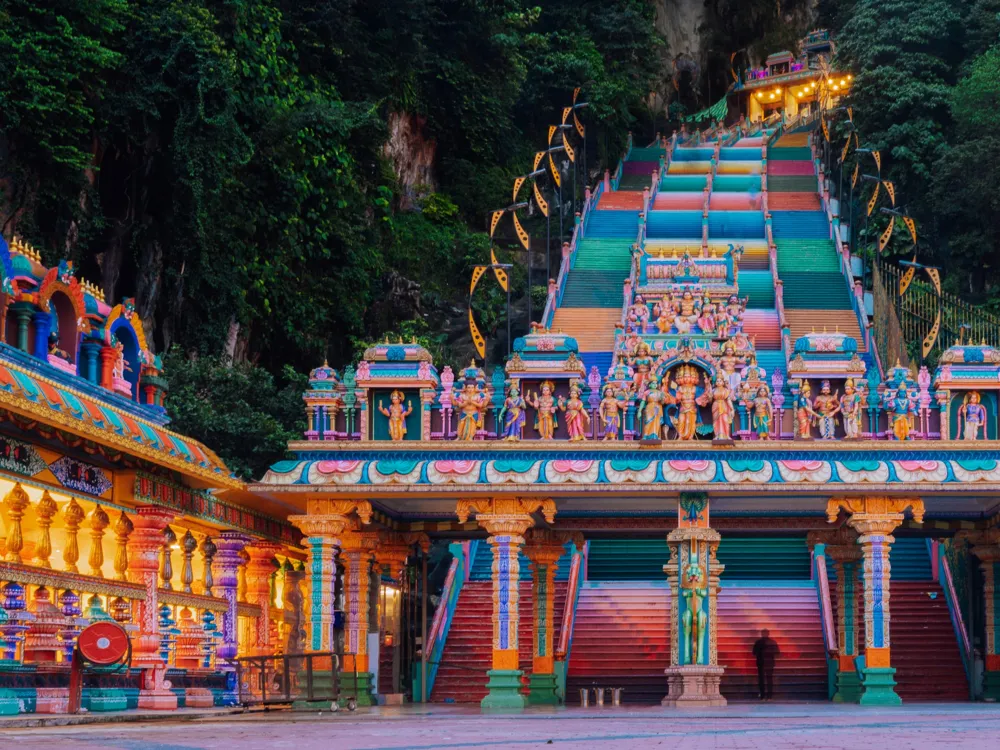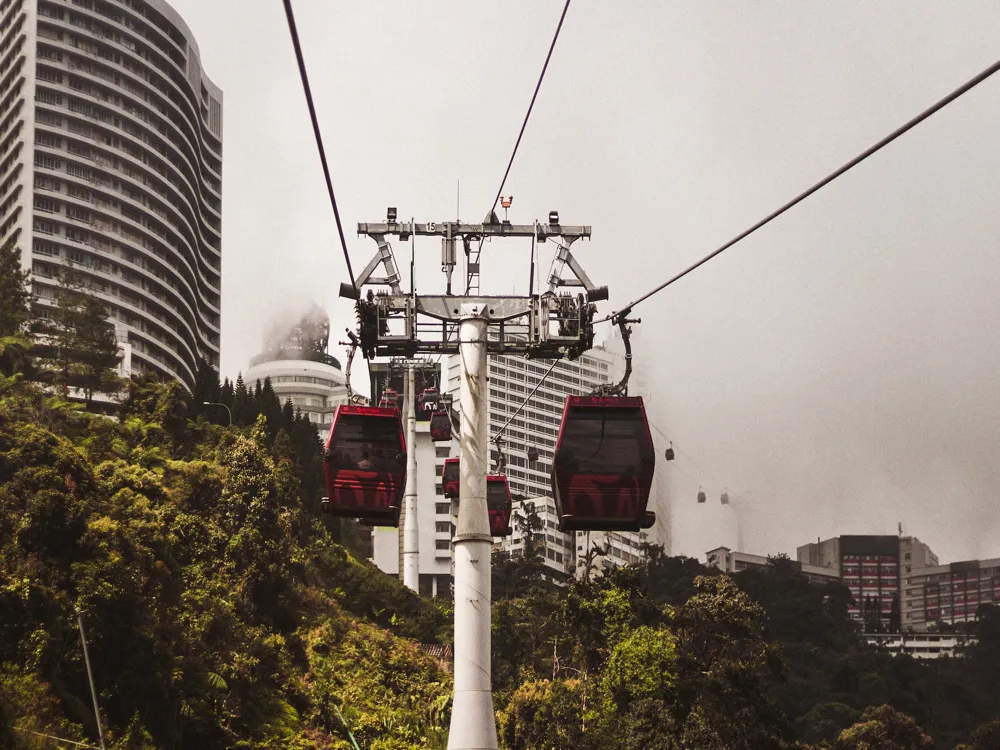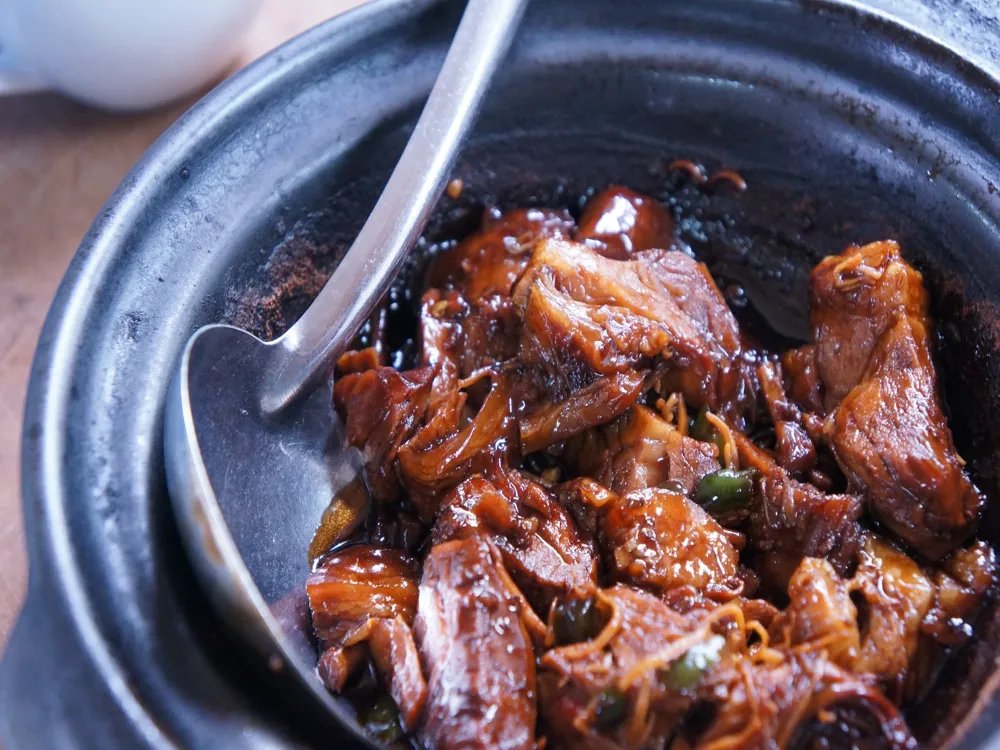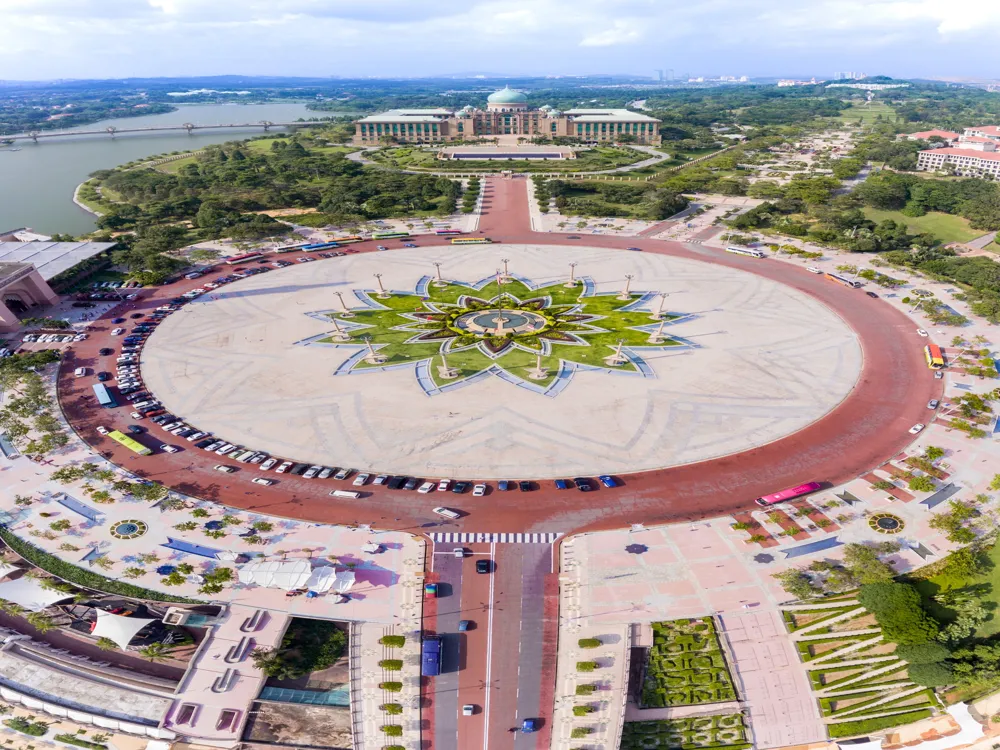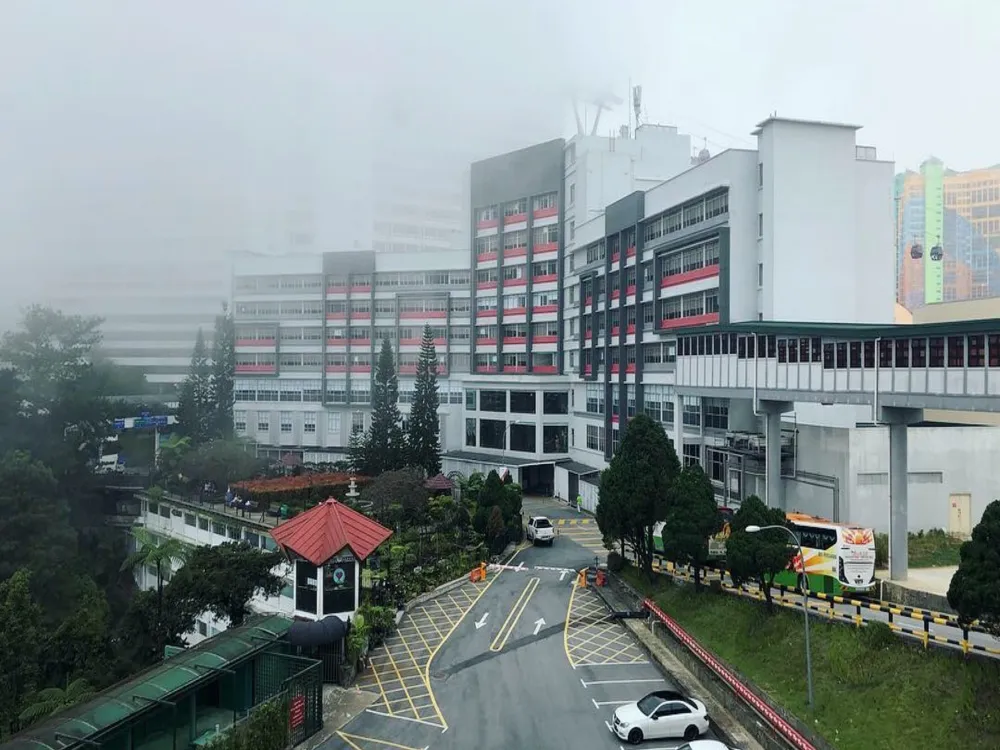Nestled in the heart of Kuala Selangor, Malaysia, the historic Melawati Fort, also known as Bukit Melawati, stands as a testament to the region's rich and tumultuous history. This fort, which dates back to the late 18th century, was primarily constructed as a defensive stronghold against foreign invasion, particularly by the Dutch colonial forces. Over the years, it has transformed from a bastion of military might to a symbol of Malaysian heritage and a popular tourist attraction, offering insight into the country's colonial past. The strategic location of Melawati Fort, atop a hill overlooking the Selangor River, made it a crucial point of defense and surveillance. This vantage point allowed for early sighting of enemy ships, providing the defenders with a significant tactical advantage. The original structure of the fort, built under the direction of the second Sultan of Selangor, Sultan Ibrahim, was primarily constructed with local materials such as timber and laterite stone. The architecture reflects a blend of Malay military design and the influence of foreign architectural styles, particularly Dutch and British, which were introduced during their respective occupations of the area. Throughout its history, the fort witnessed several key battles and changes in occupancy. During the Selangor Civil War in the 19th century, it served as a stronghold for various factions vying for control of the region. The fort's significance in Malaysian history is also underscored by its role in resisting colonial domination, serving as a symbol of resistance and resilience for the Malaysian people. Today, Melawati Fort is not only a historical site but also a cultural hub. Visitors to the fort can explore its well-preserved remnants, including ancient cannons, a lighthouse, royal graves, and the fabled execution block, known as Batu Hampar. The area surrounding the fort has been developed into a park, offering a serene environment for relaxation and recreation. The site also provides an excellent opportunity for educational tours, as it is replete with historical artifacts and information about the region's colonial era. The architectural design of Melawati Fort is a fascinating amalgamation of local Malay styles blended with Dutch and British influences, a reflection of the region's complex colonial history. The fort's layout and construction materials offer insights into the military strategies and resources of the time. The primary structure of Melawati Fort was built using laterite stone, known for its durability and ease of shaping. This material was locally sourced, reflecting the traditional building practices of the region. The fort's walls, thick and robust, were designed to withstand cannon fire and provide adequate defense against invaders. The use of timber in certain parts of the fort, particularly in the construction of gates and shelters, showcases the integration of local building techniques. Notable features of the fort include its cannons, strategically placed to cover the approach from the river. These cannons, some of which are original and date back to the fort's early days, are of Dutch and British origin. The presence of these foreign-made artillery pieces highlights the influence of European powers in the region during the colonial period. Another significant architectural element is the lighthouse, which was added to the fort during British rule. The lighthouse served a dual purpose: guiding ships navigating the Selangor River and serving as a lookout point for monitoring maritime activities. Its design reflects the British architectural style of the period, with its distinctive white façade and towering structure. The fort also contains several historical relics, including royal graves, which are a testament to its significance as a site of Malay heritage. These graves, adorned with intricately carved headstones, offer a glimpse into the funerary practices and artistic expressions of the time. Visitors to Melawati Fort can also witness the Batu Hampar, a large flat stone that was historically used for executions. This somber reminder of the fort's past adds to the historical depth of the site, providing a tangible connection to the events that shaped the region's history. The architecture of Melawati Fort, with its blend of local and foreign influences, stands as a physical narrative of Malaysia's colonial past, offering visitors a unique opportunity to explore the confluence of cultures and histories that define this region. The ideal time to visit Melawati Fort is during the dry season, from May to September, when the weather is more conducive to outdoor activities. Visitors should aim to arrive early in the morning or late in the afternoon to avoid the midday heat. Comfortable clothing and sturdy footwear are recommended due to the fort's hilltop location and the potential for exploration across uneven terrain. A hat and sunscreen are also advisable to protect against the sun. Consider taking a guided tour to gain deeper insights into the fort's history and significance. Knowledgeable guides can provide fascinating anecdotes and historical context that enrich the visiting experience. For photography enthusiasts, the fort offers stunning panoramic views and historical structures that make for excellent photo opportunities. Early morning or late afternoon light provides the best conditions for photography. Melawati Fort is easily accessible from Kuala Lumpur and other parts of Selangor. Visitors can opt for public transportation, such as buses or taxis, from Kuala Lumpur, which is approximately an hour's drive away. For those preferring a more personalized experience, renting a car or hiring a private vehicle can offer more flexibility in terms of travel time and itinerary. There is ample parking available near the fort for those driving. Additionally, some local tour operators include visits to Melawati Fort as part of their day-trip packages from Kuala Lumpur, providing a hassle-free option for tourists. Read More:Overview of Melawati Fort in Kuala Selangor
Architecture of Melawati Fort
Tips When Visiting Melawati Fort
Best Time to Visit
What to Wear
Guided Tours
Photography Tips
How To Reach Melawati Fort
Melawati Fort
Kuala Selangor
Selangor
NaN onwards
View kuala-selangor Packages
Weather :
Tags : Forts & Palaces
Timings : 9:30 AM - 4:30 PM
Entry Fees : Free
Planning a Trip? Ask Your Question
Kuala-selangor Travel Packages
View All Packages For Kuala-selangor
Top Hotel Collections for Kuala-selangor

Private Pool

Luxury Hotels

5-Star Hotels

Pet Friendly
Top Hotels Near Kuala-selangor
Other Top Ranking Places In Kuala-selangor
View All Places To Visit In kuala-selangor
View kuala-selangor Packages
Weather :
Tags : Forts & Palaces
Timings : 9:30 AM - 4:30 PM
Entry Fees : Free
Planning a Trip? Ask Your Question
Kuala-selangor Travel Packages
View All Packages For Kuala-selangor
Top Hotel Collections for Kuala-selangor

Private Pool

Luxury Hotels

5-Star Hotels

Pet Friendly







